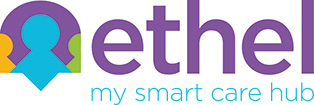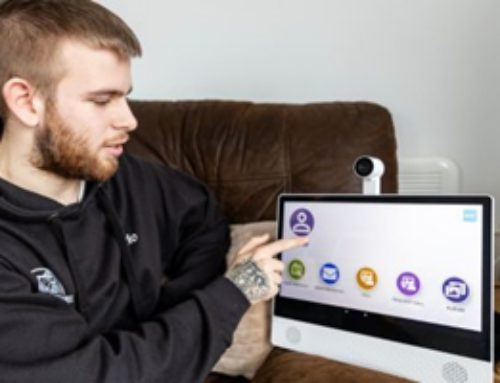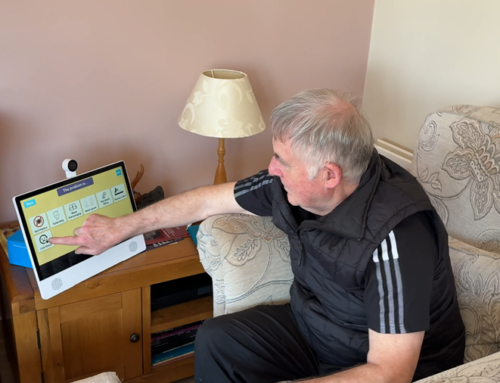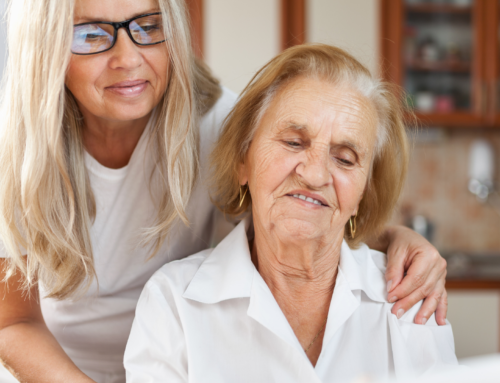Our CEO Deepak discusses whether technology enabled care can help improve resilience as winter pressures have become a year-round problem.
Even before pandemic hit, most of us were aware of the NHS winter pressures from news stories (surprise, surprise, it happens every year!!). It’s usually made in reference to the period when temperatures drop, the seasonal flu is widespread, and hospitals have to cancel a good number of planned surgeries to deal with the influx of patients in Emergency Departments (ED).
A Winter’s Tale
All health and care organisations make preparations for dealing with it. However, a lot of our NHS staff have also highlighted that the ‘winter window’ keeps getting longer and longer, and for the last decade or so, it’s as if the whole year is now in the ‘winter pressure’ mode. As one commenter aptly calls it, it’s the “Perpetual Winter’s Tale” . A great deal of this is down to increasing demand for services and a shortfall in capacity to deliver that service as well as lack of funding coming in for services. In saying that, it’s also not a state secret that the lack of services in the community hugely impacts on the demand on hospital services, which manifests itself first in emergency departments.
The patients who go into hospital emergency departments need to either be treated and discharged back home or flow into some other part of the hospital system. When those wards are full, the impact is felt on EDs (and newspapers scream “ED bursting at the seams…”).So, it’s not that the EDs are the problem, it’s a problem in the hospital’s flow system.
Bed Blockers
During my time in the NHS, my pet peeve was when some managers complained about “bed blockers”, a rather derogatory term used to refer to patients – mostly elderly – who are medically fit to go home (clinically discharged) but still are taking up a hospital bed that they don’t necessarily need. One of the most common reasons is that the social care services in local council haven’t managed to find a care package for these ‘discharged’ patients. It is estimated that around 20% of ‘blocked’ beds cite this as the main reason. Therefore, the issue is not patients who are unnecessarily taking up beds, it’s that we haven’t created ‘out of hospital’ resources and infrastructure.
Caroline Abrahams of Age UK highlights, “Being forced to stay in hospital when you are medically fit to leave is utterly soul-destroying, undermines your chances of making a full recovery, and is an enormous waste of public money too.”
Workforce Woes
Health and Care leaders have clearly articulated the need for additional support for social care services in the community for expressly these reasons. We need to have better care infrastructure in place to ensure people can be cared for at home in an appropriate and dignified way. The problem with this way of thinking is that robust care infrastructure traditionally means more ‘boots on the ground’, which we in this country unfortunately don’t have. It is estimated that at any given time we have a shortfall of 77,000 care workers to look after our vulnerable service users.
Taking into account our national lack of social care workforce, vulnerable patients stuck unnecessarily in hospitals, adding in winter pressures and finally COVID, it’s a perfect storm to decimate any health and care system.
TEC – it’s a mindset
It’s within this context of ensuring resilience, that Technology Enabled Care (TEC) is taking a more central role.No piece of technology is going to be the silver bullet (no matter how much I may love my own solution) but looking at service delivery through the lens of TEC is what pays the dividends. I have seen even within these past five years, that the thinking has changed from TEC being a piece of kit (a nice to have/an optional extra) to TEC being a mindset.
Service managers are beginning to ask: “how can technology become an extension of my staff?” and they are increasingly looking for technology to come up with innovative solutions to answer those questions. ADASS rightly highlights how services became more appropriate, less invasive, and offered much better outcomes when the thinking shifted from ‘relying on services’ to ‘creating independence’. Yes, technology played a key role, but not just as a piece of kit (or app) but as a key enabler in making people more independent.
My colleague John Compton’s analogy of the banking industry is quite apt in this context. When was the last time we knocked on the cashier’s window and asked how much money we have in our account?Or “can I withdraw a few quid please?” They moved us away from Passbooks, to monthly statements sent home, to ATMs, to online banking and finally we ended up on our smartphones. In essence, they deployed technology to ensure we somewhat managed some of the routine stuff and we only go to the bank if we really need to.In effect the banks too asked, “how can technology become an extension of our staff?”
To offer a resilient service, we need to include patients, service users, family carers in the conversation and figure out how can we make you more independent so that the focus is not just on relying on services. And, from a service delivery point of view, we deploy technology to enable that independence. TEC is not just a piece of kit, it’s a way of thinking that enriches a person’s life, keeps them safe and offers reassurance to the wider family network.
Originally posted on TSA – The Voice of Technology Enabled Care






